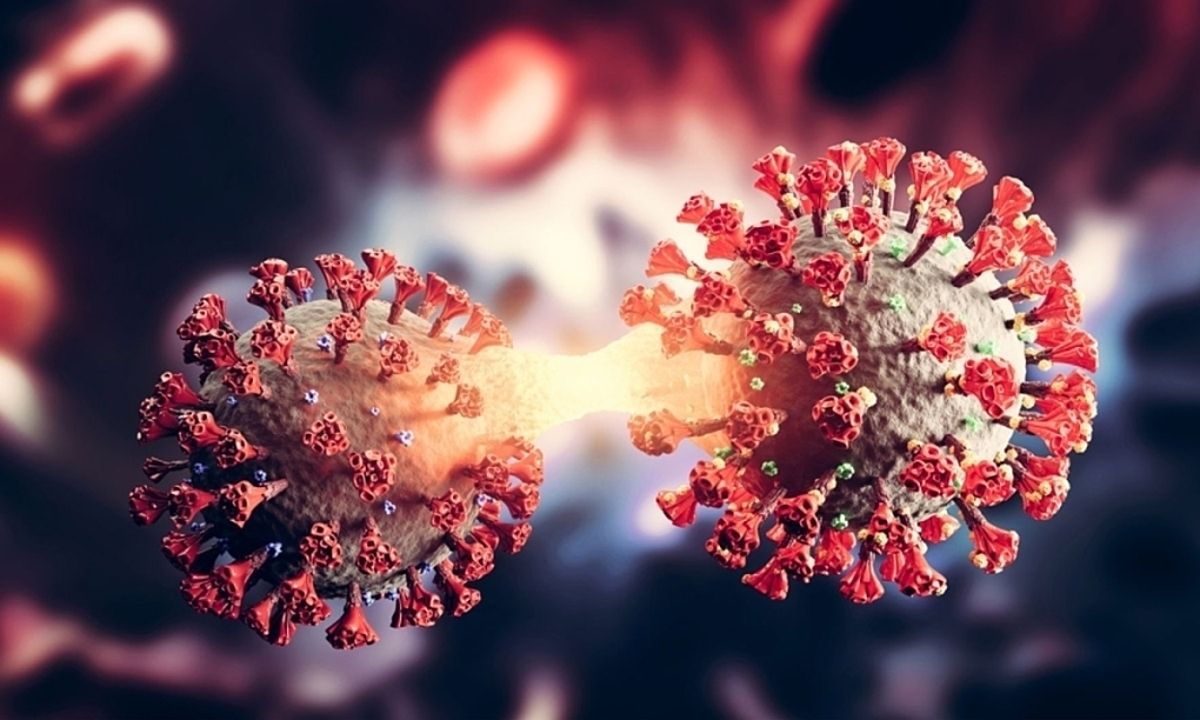One more strain of nCoV is monitored by WHO
The World Health Organization (WHO) is monitoring the new sub-variant of Omicron, BA.2.86, also known as Pi.
Mutants have appeared in Denmark, Israel and the United States. According to Dr. Maria Van Kerkhove, WHO's Covid-19 technical team leader, information on BA.2.86 is limited, but it contains a large number of mutations, requiring close monitoring and viral gene sequencing.
Scientists say BA.2.86 carries more than 30 mutations in the spike protein - the part viruses use to attach to cells. According to Vipin M. Vashishtha, WHO vaccine expert, BA.2.86 has a high degree of binding to the host ACE2 receptor similar to XBB.1.5, escaping the immune system better than XBB.1.5.
However, it is unclear whether BA.2.86 spreads more effectively than earlier versions of Omicron. Some experts fear this mutation could trigger a new wave of infections. However, others said it was too early to draw conclusions. Herd immunity remains high and the virus has become less dangerous over time.

Dr Trisha Greenhalgh, an expert at the University of Oxford, recommends that people wear masks again to prevent the next outbreak. Professor Christina Pagel, from University College London, said the protective effect of the vaccine gradually decreased for people under 50 years old (most had not had any more shots in the past 18 months) and those under 75 years old had their last shot in last year. Therefore, people will be vulnerable to new strains, advise people to vaccinate again.
There is currently no indication that the new strain causes more severe symptoms. Common symptoms are still high fever, cough, body aches, some people lose their sense of taste and smell, but not as common as before the pandemic.
Experts say that when Covid-19 becomes an endemic pathogen, new strains may appear over time. Recently, WHO is monitoring the subline of Omicron, EG.5.1. The mutation has gradually overwhelmed other versions of the virus in the UK and US, causing infection rates and hospitalizations to increase in recent times.
WHO asked countries to continue to monitor as the number of infections increases globally. EG.5 is available in 51 countries, including China, USA, Korea, Japan, Canada, Australia, Singapore, UK, France, Portugal and Spain.
Omicron strain appeared in the world for more than 20 months, now circulating in most countries and predominate. This strain is constantly changing. To date, scientists have recorded more than 500 sub-variants of Omicron, all of which have fast-spreading properties, but there is no clear evidence of severe cases.
* SOURCE: https://vnexpress.net/them-mot-bien-chung-ncov-duoc-who-theo-doi-4643171.html









 Facebook
Facebook
 Tweet
Tweet
 Zalo
Zalo







 News
News

















 Sign in with Facebook
Sign in with Facebook
 Sign in with Google
Sign in with Google